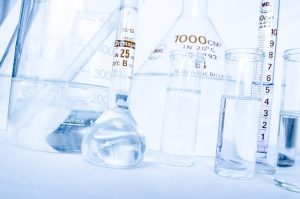In the medical field, translation services for Medical Device Manuals UK are essential for patient safety and global healthcare accessibility. These services ensure accurate communication of device instructions, warnings, and benefits in diverse languages, minimizing risks associated with incorrect usage. In a multicultural society like the UK, professional translators bridge language gaps, facilitating consistent safety information worldwide. Accurate translations enhance user experience, improve patient satisfaction, and meet regulatory standards like MDR, ultimately promoting safe and effective device use across communities.
Accurate translations play a vital role in enhancing device usage safety, especially in the global medical device market. As medical technology becomes increasingly internationalized, ensuring clear and precise communication across languages is crucial. This article explores how translation services can mitigate risks, improve patient safety, and streamline healthcare operations. From medical device manuals to user instructions, we delve into the impact of professional translations, regulatory considerations, and real-world case studies highlighting successful implementations in the UK market.
- The Role of Translations in Medical Device Safety
- Challenges in Global Medical Device Distribution
- Ensuring Accurate Communication with Patients and Healthcare Professionals
- The Impact of Professional Translation Services on Device Manuals
- Improving User Experience Through Multilingual Support
- Regulatory Compliance and Standardization in Medical Translation
- Case Studies: How Translations Have Enhanced Device Safety
The Role of Translations in Medical Device Safety
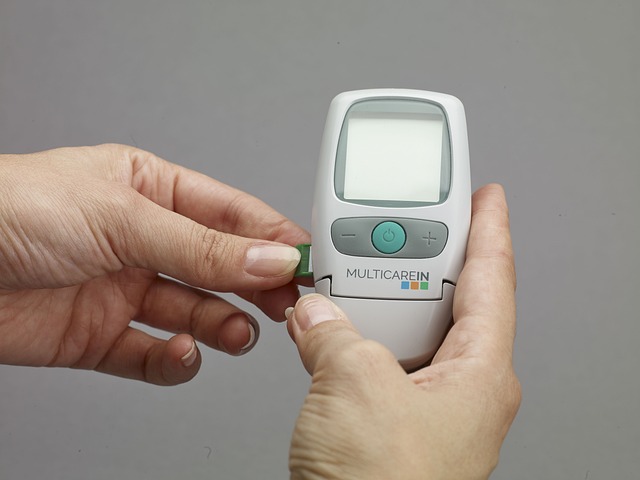
In the medical field, device usage safety is paramount, and clear communication plays a vital role in ensuring patient well-being. Translation services for Medical Device Manuals UK are essential to bridge the gap between diverse linguistic communities. Accurate translations ensure that healthcare professionals and users worldwide have access to precise instructions, warnings, and benefits associated with medical devices.
When medical device manuals, labels, or user guides are translated professionally, it reduces the risk of errors or misunderstandings during device operation. This is crucial, as incorrect usage can lead to severe consequences. Effective translations provide consistent safety information across different languages, facilitating global access to quality healthcare and ensuring that patients receive the same level of care regardless of their linguistic background.
Challenges in Global Medical Device Distribution

Global medical device distribution presents unique challenges, particularly when it comes to ensuring safety and efficacy across diverse markets. One significant hurdle is the variety of languages spoken worldwide, which can create communication gaps in the supply chain. Accurate translations of device manuals, instructions, and warning labels are essential to overcome this barrier. Medical professionals and patients alike must be able to understand critical information without ambiguity or error.
In the UK, for instance, where a multilingual population exists, translation services for medical device manuals play a vital role in maintaining safety standards. Professional translators with expertise in healthcare terminology can bridge the language divide, ensuring that every user receives clear instructions tailored to their linguistic needs. This meticulous process is crucial in preventing mishaps, misuse of devices, and potential health risks associated with incorrect assembly or operation.
Ensuring Accurate Communication with Patients and Healthcare Professionals
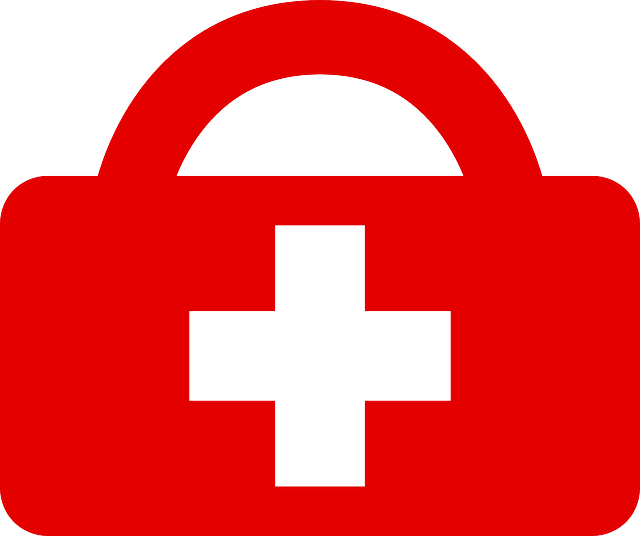
Accurate translations are vital in ensuring clear communication between patients and healthcare professionals, especially when it comes to medical device manuals. In the UK, where a diverse range of languages is spoken, translation services play a crucial role in making critical information accessible to all. Medical device manufacturers must provide user manuals and instructions in multiple languages to cater to their patient base, ensuring no language barrier impedes safe device usage.
Effective translation services for medical device manuals can prevent misunderstandings and errors by accurately conveying complex technical information. This is essential for patients to understand how to operate their devices safely and for healthcare professionals to offer appropriate guidance. By bridging the gap between language and understanding, these services foster a more inclusive environment, ultimately enhancing patient safety and satisfaction.
The Impact of Professional Translation Services on Device Manuals

Professional translation services play a pivotal role in enhancing the safety and accessibility of medical device manuals, particularly in the UK market. Accurate translations ensure that critical information reaches users who speak diverse languages, thereby improving patient safety and compliance with regulatory standards. In the medical field, where precision is paramount, human translators with expertise in both the source and target languages are indispensable. They can convey complex technical concepts accurately, avoiding potential misinterpretations that could lead to hazardous situations.
By employing high-quality translation services, device manufacturers can ensure their manuals are clear, concise, and culturally sensitive. This is especially crucial in a multicultural society like the UK, where healthcare professionals and patients come from various linguistic backgrounds. Professional translators not only translate words but also adapt content to suit local language nuances, idioms, and cultural contexts, ensuring effective communication and understanding.
Improving User Experience Through Multilingual Support
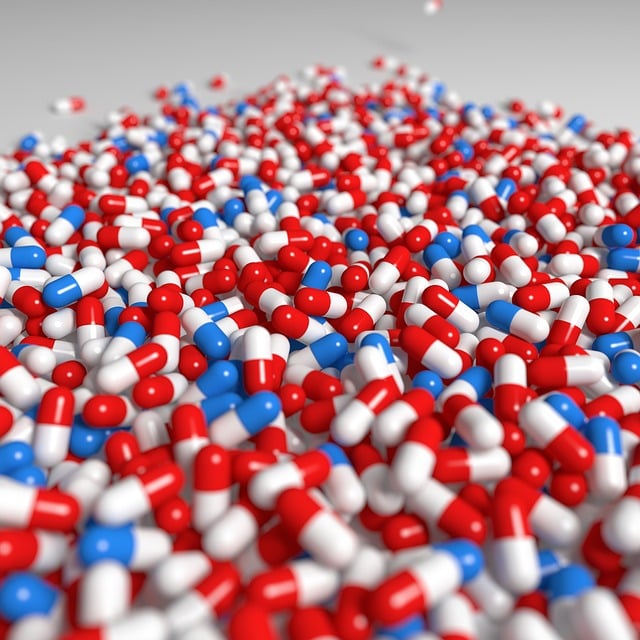
In today’s globalized market, providing a user-friendly experience is paramount, especially for medical device manufacturers in the UK. Offering multilingual support through advanced translation services can significantly enhance device usage safety and improve overall user satisfaction. When manual instructions, warning labels, and help resources are accessible in multiple languages, users from diverse linguistic backgrounds can navigate the device’s features effortlessly. This ensures that critical information is not lost in translation, reducing the risk of misusage or errors.
By implementing high-quality translation services for medical device manuals, manufacturers can foster inclusivity and cater to a broader audience. Accurate translations enable users to quickly understand device functionality, follow safety protocols, and access troubleshooting guides without language barriers. This level of accessibility not only improves user experience but also promotes the safe and effective use of medical devices across diverse communities.
Regulatory Compliance and Standardization in Medical Translation

In the medical device industry, accurate translations are not just a convenience; they are a regulatory necessity. The global market for medical devices demands that manufacturers provide product information in local languages to ensure safe and effective use. Translation services for Medical Device Manuals UK, for instance, play a pivotal role in facilitating this process. Compliance with regional regulations like the Medical Devices Regulation (MDR) in Europe is essential to prevent legal issues and maintain consumer trust.
Standardization of medical device translations is equally critical. Using consistent terminology across different languages minimizes the risk of misinterpretation, which could lead to incorrect device usage and potential harm to patients. Professional translation services employ linguists who are not only fluent in multiple languages but also have expertise in medical terminologies. This ensures that technical instructions, warnings, and guidelines are conveyed accurately, enhancing user safety and promoting regulatory compliance.
Case Studies: How Translations Have Enhanced Device Safety
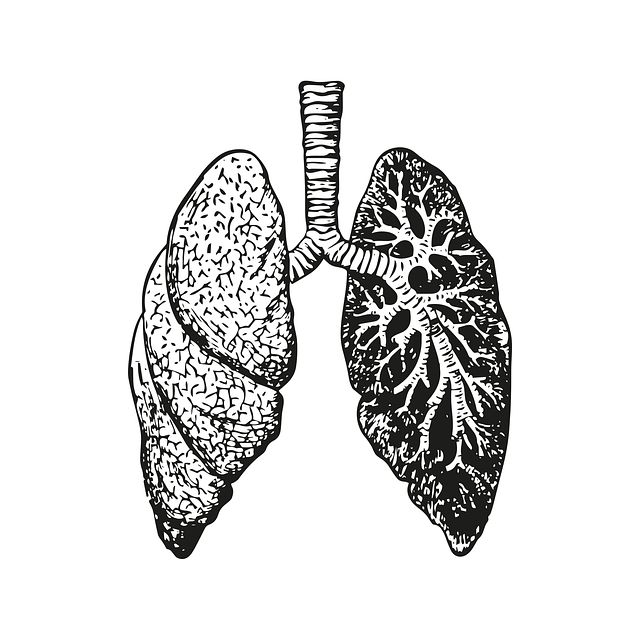
In recent years, case studies have shown that accurate translations play a pivotal role in enhancing device usage safety, especially in the medical field. For instance, a leading UK-based manufacturer of medical devices faced a significant challenge when introducing their innovative product line to international markets. They partnered with professional translation services to accurately translate detailed user manuals and instruction guides into multiple languages. This initiative ensured that healthcare professionals worldwide could confidently use the devices, reducing potential risks associated with incorrect interpretation.
The process involved not just language conversion but also cultural adaptation, ensuring the safety instructions were accessible and understandable across diverse linguistic backgrounds. This case highlights how translation services for medical device manuals in the UK can improve patient safety, as well as the manufacturer’s global reach. Accurate translations provide a common language that connects healthcare providers worldwide, fostering consistent and safe device usage practices.
Accurate translations play a vital role in enhancing device usage safety, particularly in the global medical device market. By addressing language barriers and ensuring clear communication, professional translation services (such as those offered in the UK) can significantly improve patient safety and healthcare outcomes. This article has explored various aspects, from the critical need for standardized translations in medical devices to the positive impact on user experience and regulatory compliance. Investing in high-quality translation services is not just a matter of adapting to a diverse world; it’s an essential step towards creating safer, more accessible medical devices for all.
